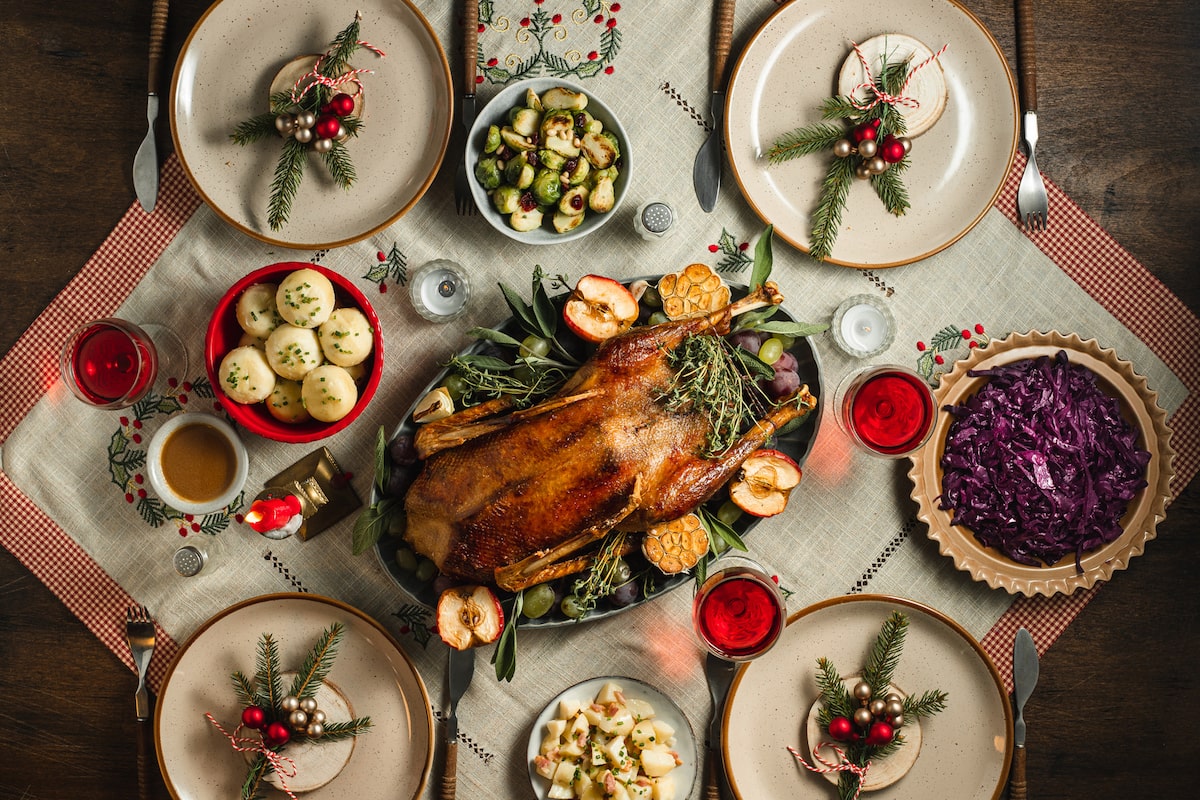<< Back
How to Plan Your First COVID-19 Thanksgiving

October 19, 2020
We’ve rescheduled, postponed or reimagined everything from weddings to graduations in this COVID-19 world of ours, but now we must envision Thanksgiving without Aunt Mary passing her sweet potato casserole or host a virtual Friendsgiving around the computer instead of a food-laden table.
With the winter holidays approaching, Dr. Anthony Fauci, director of the National Institute of Allergy and Infectious Diseases, urged Americans to make safer choices when planning their 2020 holiday gatherings as the COVID-19 pandemic causes infection rates to climb.
His holiday will not include visits with his children due to safety concerns, he said, and he urged others to follow. Cooler weather and the tendency to stay indoors raise concerns about COVID spread at gatherings.
“It’s unfortunate because that’s such a sacred part of American tradition – the family gathering around Thanksgiving – but that is a risk,” he said. “You may have to bite the bullet and sacrifice that social gathering, unless you’re pretty certain that the people that you’re dealing with are not infected.”
To help people frame COVID-era holidays, the Centers for Disease Control also ranked activities by risk.
For example, low-risk options include:
- Dining only with people living in your home.
- Hosting a virtual meal for extended family and friends.
- Preparing traditional dishes to deliver safely to family and neighbors.
- Shopping Black Friday sales online instead of at the mall.
- Catching football games and parades at home.
Activities with moderate risk, according to the CDC, include:
- Dining with a few people living outside of your home. Lower the risk further by feasting outdoors like a cookout or plating people’s food to avoid multiple hands in serving bowls.
- Attending sports events even with safety precautions in place.
Avoid high-risk activities like these:
- Shopping in crowded stores.
- Traveling through crowded airports or roadside rest stops.
- Attending crowded sporting event or parades.
- Going to large indoor gatherings with people from outside your household.
Instead of focusing on what we cannot do this season, however, it’s important to train our minds to look at the positive, said Dr. Laura Saunders, a psychologist at the Institute of Living, part of the Hartford HealthCare Behavioral Health Network.
This can include:
- Revamping the meal. Maybe homemade cranberry sauce is too much work, or perhaps you want to try a new stuffing recipe. Branch out and make the exact meal exact you want.
- Encouraging help. Smaller groups mean less stressful preparations. Take the opportunity to enlist your children’s help with preparations. It’s a great way to introduce them to family recipes or make dishes they request.
- Clear the dishes and break out the board games for good old-fashioned family fun.
- Venturing out. Go out and toss a football or take a walk through the neighborhood. The fresh air and post-indulgence movement will feel good.
- Starting a new tradition. Write notes of thanks for a time capsule to open next Thanksgiving, or create a keepsake by using a marker to pen kind words in a spiral on an artificial pumpkin passed around the table.
- Looking back. Pop in the home movies and take a trip back in time. The retro clothing trends and hairstyles alone will make you smile.